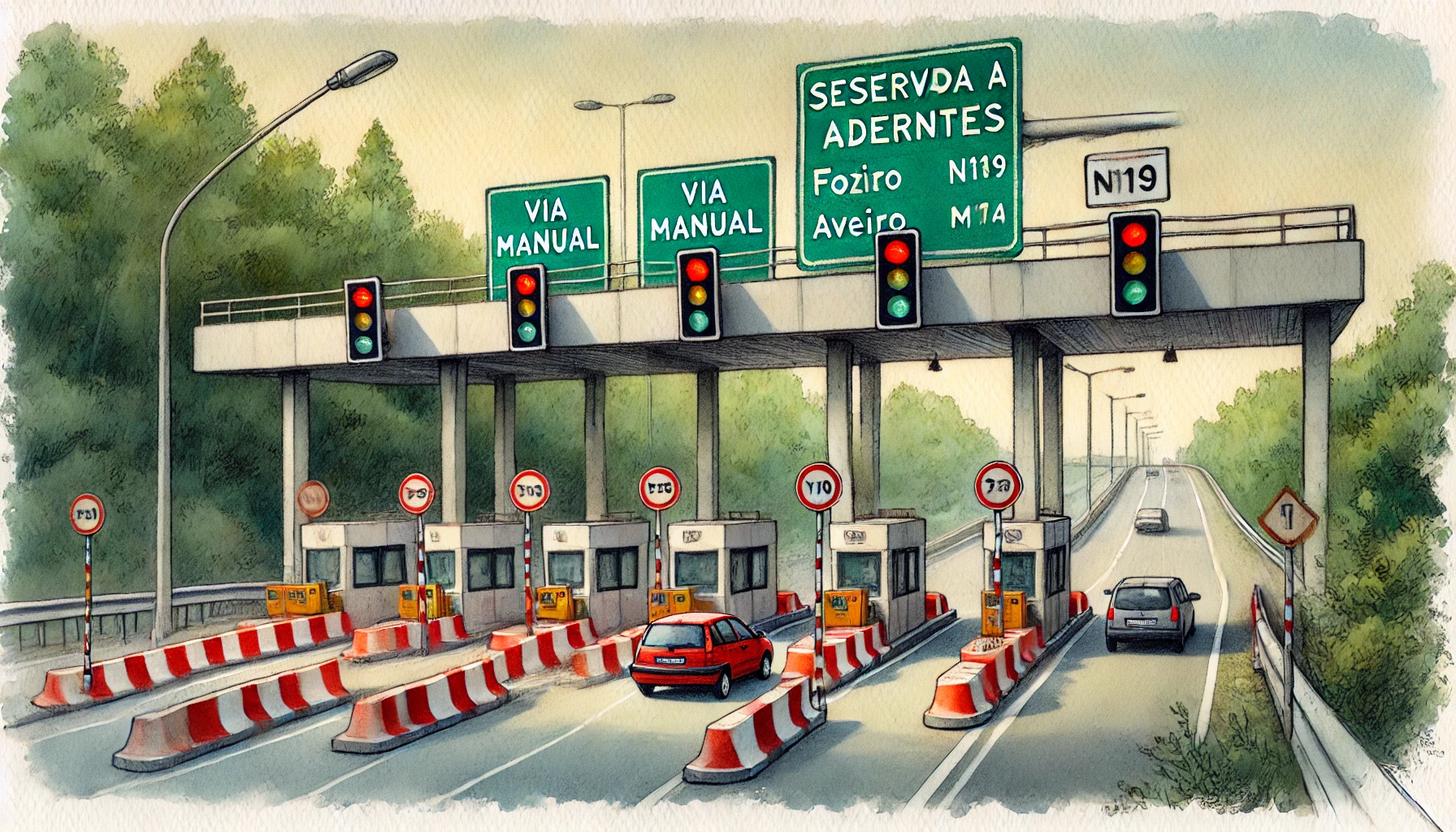

Traversing through Portugal’s scenic landscapes is an experience that draws both locals and tourists to its roads. However, a significant part of this journey involves toll roads, which are prevalent across the country. Understanding how to effectively navigate and pay for these tolls is crucial for ensuring a seamless travel experience. This guide aims to demystify the various payment methods available for toll roads in Portugal, catering to tourists, expats, local drivers, and business travelers alike.
Portugal’s extensive road network includes numerous toll roads essential for maintaining infrastructure. The system mainly comprises traditional toll plazas and electronic tolls (e-tolls). Traditional toll roads operate with physical booths where payments occur either by cash or card. In contrast, electronic tolls streamline the process by allowing automatic payments via devices and pre-registration, enhancing comfort and cutting travel times.
When driving along traditional toll roads, travelers can opt for cash payments at the booths. This method is straightforward but may come with limitations, such as the need for exact change or longer waiting times during peak hours. Credit and debit cards offer a more convenient alternative, with most major cards accepted. However, it’s wise to check for any additional foreign transaction fees that might apply, especially for international cards.
What sets the electronic system apart is its convenience and efficiency. The Via Verde service allows seamless automatic payments via a device attached to the vehicle, available for purchase or rental. This device offers the convenience of swift passage through tolls without stopping. Travelers can also opt for pre-paid toll cards for short trips, enabling pre-loading credits for ease of use.
For a simpler process, the EasyToll system is user-friendly for tourists and residents who don’t own a Via Verde device. By linking a credit card upon registration, drivers can automatically cover toll charges without having to carry cash. TollService provides another flexible option, especially useful for tourists, offering temporary solutions for toll payments without requiring a device.
For those renting vehicles in Portugal, choosing cars equipped with toll payment devices like Via Verde is advisable. This preemptive measure ensures that travelers can conveniently handle tolls without having to stop or worry about missing payments. It’s recommended to discuss available payment options with the rental company to secure the best package that suits your travel itinerary.
Avoiding fines is simple with knowledge and preparation. Non-payment can result in substantial penalties, which can be easily circumvented by staying informed of expected costs and using authorized payment methods. Always ensure that you have a pre-activated method before entering toll roads to avoid any legal trouble and ensure a stress-free journey.
When selecting a payment method, consider balancing the cost against convenience. For frequent travelers, services like Via Verde provide value for money. In contrast, one-time or occasional travelers might find pre-paid cards or TollService more suitable. It’s important to evaluate how easily you can access and use these systems, opting for digital integration when possible for smoother journeys.
In summary, Portugal offers an array of ways to pay tolls tailored to different needs. From traditional cash payments to modern electronic services, each option has its advantages. For uninterrupted travel, consider your driving habits, and opt for the most convenient system based on your frequency of road use and preference for technology integration.
We invite you to share your own experiences and tips regarding Portugal’s toll roads in the comments below. Stay informed by subscribing to our updates, ensuring you are always prepared for any changes in the toll system.
portugal